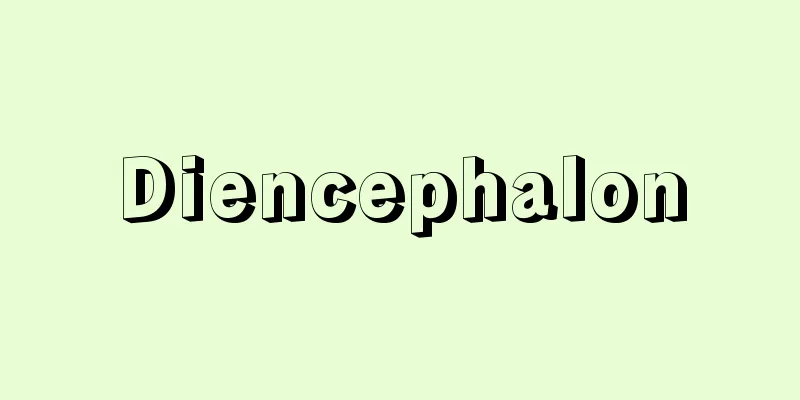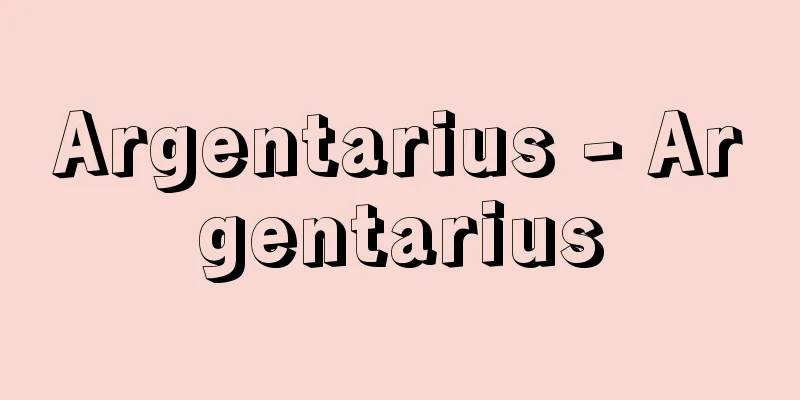Diencephalon

|
The brainstem (medulla oblongata, pons, midbrain, and diencephalon) acts as a stalk supporting the telencephalon (left and right cerebral hemispheres), which spreads out like a mushroom cap. The diencephalon is at the very tip of the brainstem and is located between the left and right cerebral hemispheres. The upper part of the diencephalon continues directly into the left and right cerebral hemispheres, and the lower part continues into the midbrain. Together with the spinal cord and brainstem, the diencephalon accounts for less than 2% of the brain's total volume, but it is an important part that is closely related to the cerebral hemispheres. The mammalian diencephalon is divided symmetrically into the left and right sides by the thin plate-like third ventricle in the anterior-posterior direction. The diencephalon is composed of many nerve cell groups (nerve nuclei), but is anatomically divided into four parts: the thalamus, epithalamus, hypothalamus, and posterior thalamus. The thalamus occupies the dorsal part of the diencephalon and is a mass of gray matter that forms both sides of the third ventricle, and the thalamus as a whole is an ellipsoidal sphere. The thalamus is a relay center through which sensory nerves other than the olfactory system reach the sensory center of the cerebral cortex, and is also a relay point for the pathways of the regulatory system (activation system and inhibition system) that control the activity level of the cerebral cortex. The epithalamus is the part centered on the pineal gland, which is located in the midline in the posterior-superior part of the thalamus, and the pineal gland protrudes backwards. The hypothalamus is the part that continues to the ventral side of the thalamic gray matter and forms the floor and ventral wall of the third ventricle. The central bottom part is funnel-shaped, and the pituitary gland is attached to its lower end by the pituitary stalk. The hypothalamus is known as the center of the autonomic nervous system that controls the functions of the internal organs and endocrine system and governs vital phenomena, but it is also closely related to emotional and affective activity, and is the center of the regulatory system for the entire cerebral cortex (neocortex and limbic cortex). The hypothalamus contains nerve cells that secrete antidiuretic hormone, hormones that stimulate uterine muscle contraction and mammary gland secretion, and is also thought to produce releasing factors related to the anterior pituitary hormones. The posterior thalamus is composed of the lateral geniculate body (visual relay center) and the medial geniculate body (auditory relay center). [Kazuyo Shimai] "Neuroscience - Morphological Foundations of the Diencephalon 1: Hypothalamus" by Yutaka Sano (2003, Igaku Shoin) [References] | | | | | | | | | |©Shogakukan "> Parts of the cerebrum ©Shogakukan "> The vertebrate brain Source: Shogakukan Encyclopedia Nipponica About Encyclopedia Nipponica Information | Legend |
|
キノコの傘のように広がった終脳(左右大脳半球)を支えている柄(え)に相当するのが脳幹(延髄・橋(きょう)・中脳・間脳)である。間脳は脳幹の最先端部にあたり、左右大脳半球の間に挟まれた位置にある。間脳の上方は直接、左右大脳半球へ続き、下方は中脳へと続く。脊髄(せきずい)、脳幹を通じて間脳はその2%以下の容積であるが、大脳半球と密接な関係をもつ重要な部分である。 哺乳(ほにゅう)類の間脳は前後方向に薄い板状の第三脳室によって左右対称的に分けられている。間脳は多数の神経細胞集団(神経核)から構成されているが、解剖学上は視床、視床上部、視床下部、視床後部の4部分に区別する。視床は間脳では背側部を占め、第三脳室の両側壁を形成している灰白質の塊で、視床全体としては楕円(だえん)球状である。視床は、嗅覚(きゅうかく)系以外の感覚神経が大脳皮質の感覚中枢に到達する中継中枢であり、大脳皮質の活動水準を統御する調節系(賦活(ふかつ)系と抑制系)の系路の中継場所でもある。視床上部は視床の後上部で正中位にある松果体を中心とした部分で、松果体は後方に突き出ている。視床下部は視床灰白質の腹側に続く部分で、第三脳室の底および腹側壁をつくっている。底中央部は漏斗(ろうと)状をしており、その下端には下垂体が下垂体茎によって付着している。視床下部は内臓の働きや内分泌の働きを支配し、生命現象をつかさどる自律神経系の中枢として知られるが、感情や情動の活動と密接な関係があり、大脳皮質全域(新皮質と辺縁系皮質)の調節系の中枢ともなっている。 視床下部には、抗利尿ホルモンや、子宮筋収縮および乳腺(にゅうせん)分泌を促す筋上皮細胞収縮のホルモンなどを分泌する神経細胞が存在し、また、下垂体前葉ホルモンと関係した放出因子を産生すると考えられる。視床後部は、外側膝(しつ)状体(視覚中継中枢)と内側膝状体(聴覚中継中枢)で構成されている。 [嶋井和世] 『佐野豊著『神経科学――形態学的基礎 間脳1 視床下部』(2003・医学書院)』 [参照項目] | | | | | | | | | |©Shogakukan"> 大脳の部位 ©Shogakukan"> 脊椎動物の脳 出典 小学館 日本大百科全書(ニッポニカ)日本大百科全書(ニッポニカ)について 情報 | 凡例 |
<<: Encouragement of Agriculture - Kannou
>>: Idealism - Kannenron (English spelling) idealism English
Recommend
Thermal power generation
This is thermal power generation that uses a stea...
Laube - Heinrich Laube
German playwright and critic. Born in Sprottau (n...
Pest occurrence forecast - Pest occurrence forecast
...A general term for insects that directly harm ...
Sarapis
…A hybrid deity that clearly illustrates the reli...
Ohinyobo - Ohinyobo
…Today it is common for husbands to be older than...
Larval reproduction - larval reproduction
This is a form of parthenogenesis, in which repro...
Yu Ji
[Born] 1272 [Died] 1348 A Chinese literary figure ...
Biš balïq - Biš balïq (English spelling)
The name of an oasis located at the northern foot ...
Gasterosteus aculeatus microcephalus
…[Isao Hanyu]. … *Some of the terminology that me...
Euryapsida
…(2) The Synapsida, a group of mammal-like reptil...
Pharmacology - pharmacology
It is a science that studies how chemical substan...
Constant - teishiu
〘noun〙① A fixed number. A number that is set by ru...
Empty role - Kuueki
…In contrast, in Europe, which sent several inspe...
Kamakura Gongorō
→ Kamakura Kagesada Source : Heibonsha Encyclopedi...
Christian Realism
… However, rather than studying doctrine, he clar...









